Usually, I don’t think of a steak in any other way but grilled – with a sauce maybe, or an herb rub. And I don’t think about steak with a kind of Italian tomato sauce, served on a bed of pasta. It would make a lovely dinner – even a weeknight. Since the meat is sliced thin, it will feed more people than usual. At least a normal sized steak would feed at least 2 people.
Years ago, my DH always wanted to have top sirloin as his steak of choice. He’d order one when we went out to eat too. I was never as crazy about it as he was (I think it’s too chewy) – he liked the more beefy flavor of it. Me? I prefer ribeye. Or a tenderloin. Or a porterhouse. I finally swayed him in favor of a ribeye, and that’s what’s still in my freezer – I have several pounds of them. I need to invite some friends over to help eat them since they’re over 2 years in the freezer. Not so good! I’d definitely use one of the ribeyes for this dish – it would feed 2 people without any problem since you have a bed of pasta underneath, and some mushroomy sausage sauce to serve on top. I hardly ever fix a steak for just ME!
This dish cooks in no time. I was prepared to be ho-hum about it, as Phillis Carey prepared it at a class a couple of months ago. I mean, a kind of an Italian tomato sauce cooked in about 20 minutes. Really? I’m more old-school, believing that a classic sauce like that needs much longer to develop its flavors, etc. Well, I was proven wrong. Although this sauce comes together fairly quickly, it has good flavor. Phillis did use a top sirloin steak, and my take on it was that it was very much like a top sirloin – chewy. Which is why I’d make it with a ribeye instead. Or even a flank steak, perhaps.
What I’m really saying is that this is a very delicious sauce for only simmering for a very short time, and the cooking of the steak is almost foolproof. It’s pan seared, then finished off in the oven. What’s kind of unusual about this recipe is that you must start with a steak that is exactly 1 1/4 inches thick. If you do, then the cooking method will yield a perfectly cooked steak that’s medium rare in the middle. Then you slice it across the grain into thinner slices, about 1/4 to 1/3 inch thick and put it on top of some cooked pasta, then top with the sausage and mushroom sauce. Sprinkle with a bit of Parm is you’d like to. Done.
What’s GOOD: how easy this is to make. Good enough for a company meal, yet it’s comfort food too. It’s quick, for sure. Tasty.
What’s NOT: I can’t think of anything at all – I’d just recommend that you use a ribeye, not a top sirloin as the original recipe recommended, so that makes it a more expensive meal, for sure.
printer-friendly PDF and MasterCook 14/15 file (click on link to open recipe)
* Exported from MasterCook *
Steak Pizzaiola with Sausage Mushroom Sauce
Recipe By: From a Phillis Carey cooking class, 9/2015
Serving Size: 4
1 1/2 pounds steak — ribeye, New York (see NOTES) 1 1/4″ thick exactly
Salt and freshly ground black pepper
3 tablespoons olive oil — divided use
3 cloves garlic — minced
1/4 teaspoon red chili flakes
4 ounces Italian sausage — crumbled
1/2 pound mushrooms — sliced
1/2 cup onion — sliced
1/2 cup green bell pepper — slivered (optional), or may use red or yellow peppers
1/2 cup dry red wine — or dry white wine
28 ounces crushed tomatoes
1 teaspoon dried oregano
1/3 cup Parmigiano-Reggiano cheese — grated (garnish)
1 tablespoon Italian parsley — chopped (garnish)
Pasta of your choice, to serve with steak
NOTES: RECIPE BASED ON A STEAK EXACTLY 1 1/4″ THICK. Phillis used a sirloin steak. Some sirloin is not tender, so I’m suggesting a tender ribeye or New York steak. You could also use ground chuck and make this with thick burgers. The burgers will probably cook in less time – use an instant read thermometer to cook it to about 130-140°F, and do make them thick.
1. Preheat oven to 400°F. Prepare a big stock pot of water for cooking the pasta.
2. Heat 2 T olive oil in a medium-sized skillet (don’t use a nonstick skillet as it won’t develop the flavor you need from searing the steak) on the stovetop over medium-high heat. Season the steak with salt and pepper and sear it well in the hot pan for 4 minutes per side. It will still be raw in the middle – it will finish in the oven. Transfer steak to a rimmed baking sheet or a large casserole dish.
3. Add remaining olive oil to same pan, along with the garlic and red pepper flakes. Toss for 30 seconds. Add sausage and cook, stirring often, crumbling into small pieces until just about cooked through (can still be pink in the middle). Add mushrooms, onions and peppers, and continue cooking until the vegetables are tender, about 5 minutes. Add wine, stirring to scrape up any bits from the bottom of the pan. Add crushed tomatoes and oregano, and bring to a simmer. Cook for 8-10 minutes to develop the flavors. Taste for seasoning.
4. Spoon the sauce over the top of the steak. Place steak, uncovered, in oven for 8-10 minutes, or until steak is cooked to desired temperature. For rare, remove when it reaches 122°, for medium rare, about 125°, and 130° for medium. Remove steak to a carving board, cover with a piece of aluminum foil for about 5 minutes.
5. Meanwhile, cook pasta of your choice until it is al-dente, with just a little tiny bit of bite.
6. Place pasta on individual heated plates (or all of it on one platter, but individual plates are better), slice steak in thin slices, arrange on the pasta and top with the tomato sauce. Sprinkle with Parmigiano-Reggiano cheese and parsley. Sauce is thick, not loose as with a traditional “spaghetti sauce.”
Per Serving: 678 Calories; 50g Fat (67.0% calories from fat); 33g Protein; 22g Carbohydrate; 5g Dietary Fiber; 117mg Cholesterol; 561mg Sodium.





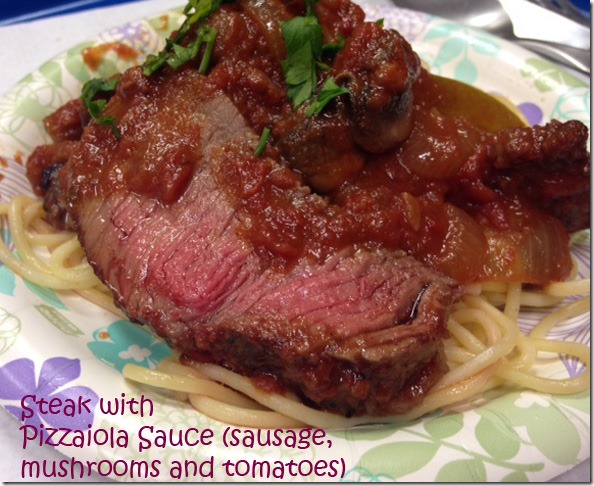

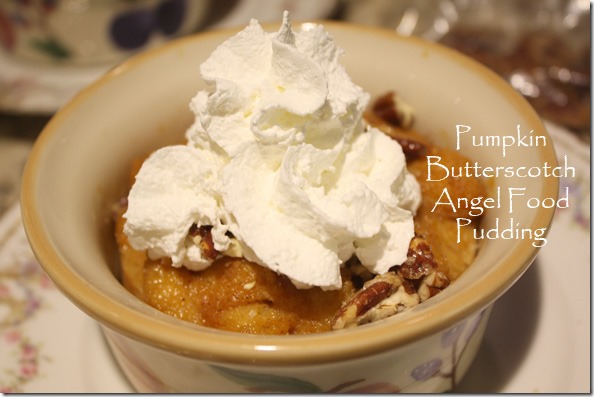
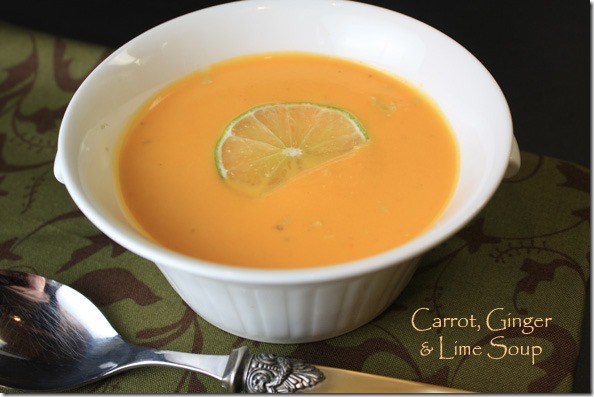
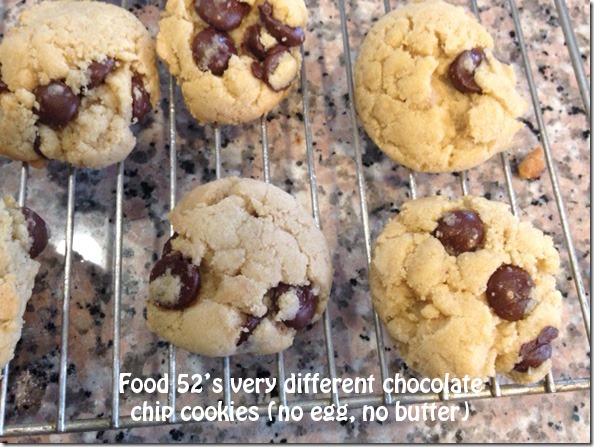

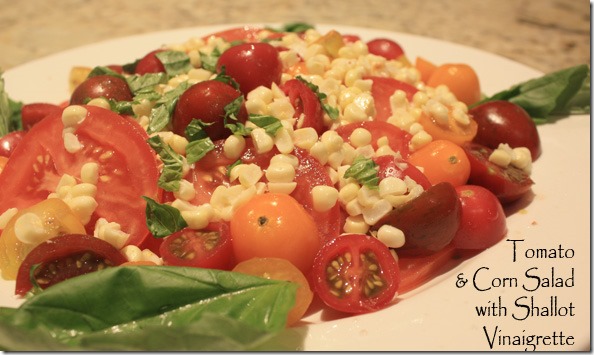
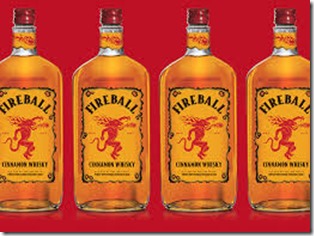
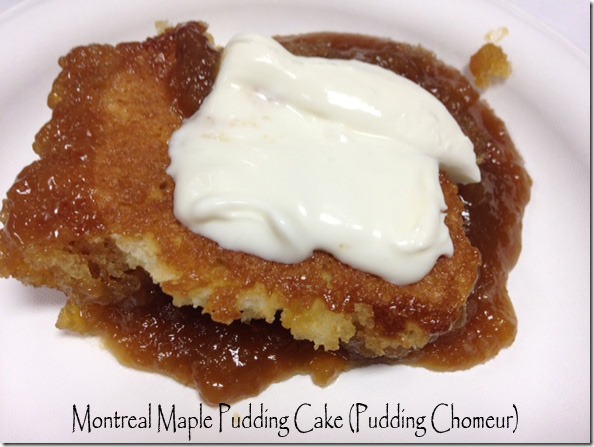
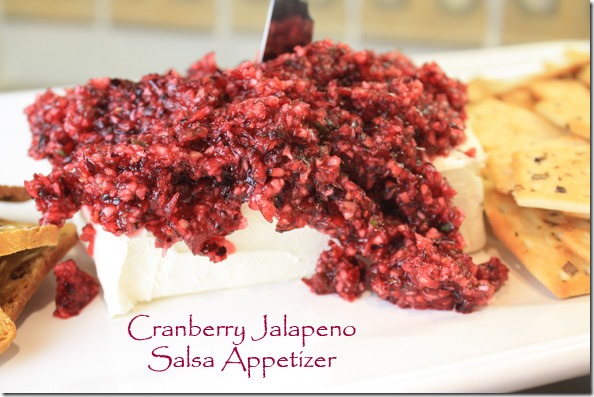
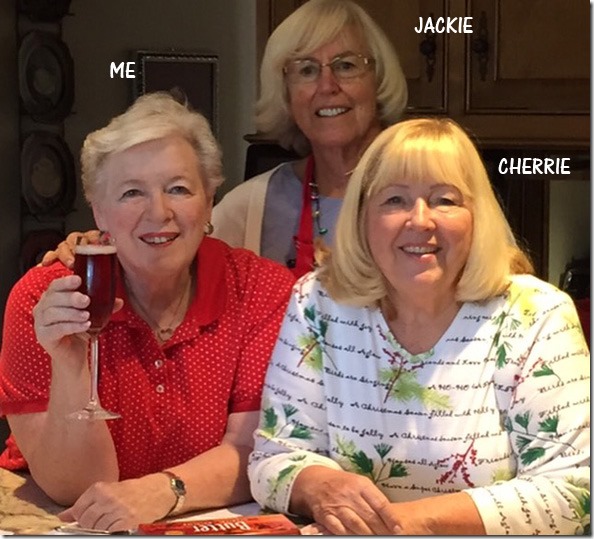
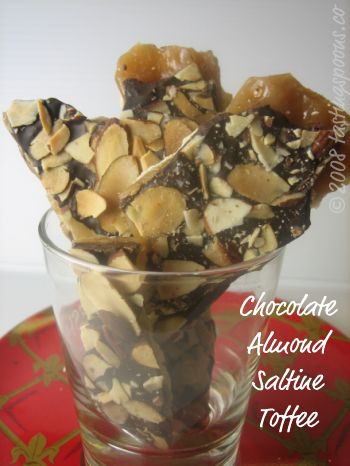

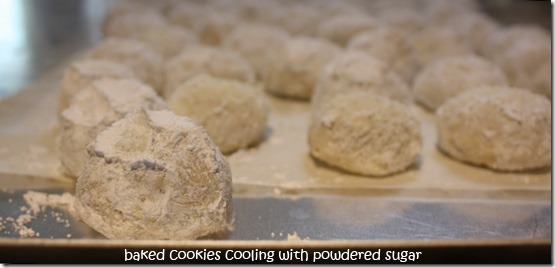
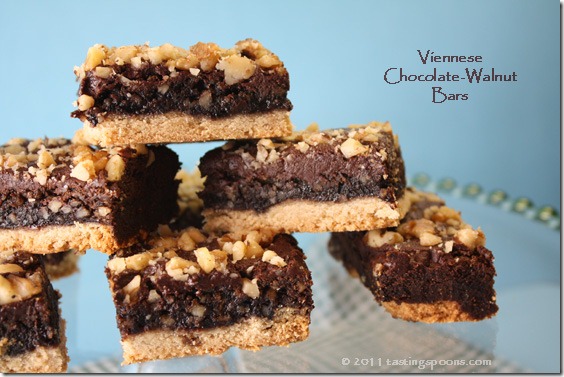
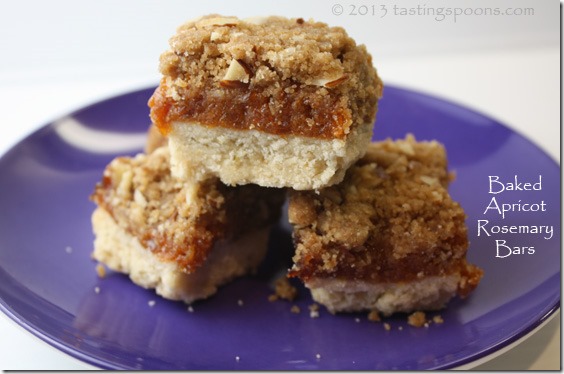
Leave a Comment!